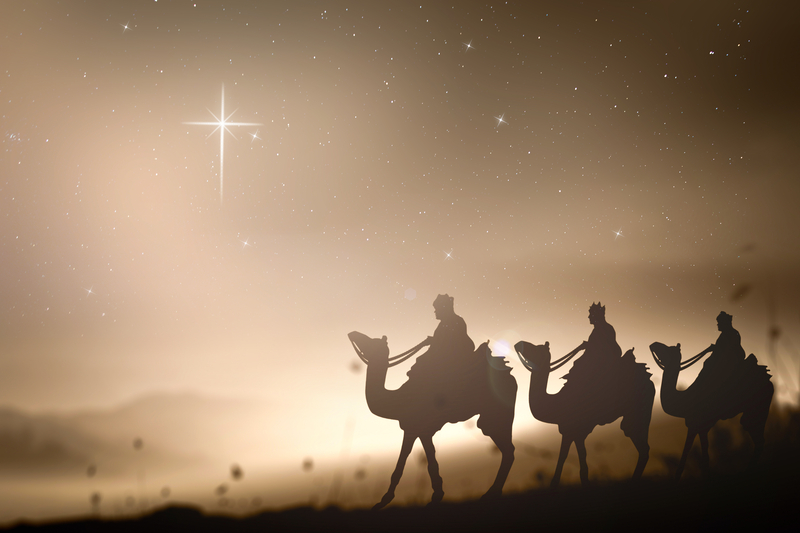Christmas in America, a holiday rich in history and diverse traditions, has evolved significantly over the centuries. From a simple religious observance to a major cultural and commercial event, the celebration of Christmas reflects the complex tapestry of American society. This blog post delves into the origins, evolution, and current significance of Christmas in the United States.
Early Beginnings: A Muted Celebration
The observance of Christmas in early America was a modest affair, largely influenced by the Puritanical views prevalent in the New England colonies. The Puritans, with their strict religious beliefs, shunned the celebration of Christmas, associating it with paganism and revelry. It wasn’t until the influx of immigrants from various parts of Europe that the holiday began to gain popularity in the 19th century.
19th Century: The Transformation of Christmas
The transformation of Christmas into a widely celebrated holiday in America is largely credited to the influence of immigrants, who brought with them their unique traditions and customs. Two significant figures in the popularization of Christmas were Charles Dickens, with his influential story “A Christmas Carol,” and Thomas Nast, who through his illustrations helped create the modern image of Santa Claus. The Victorian era saw the introduction of many customs that are now synonymous with the holiday, such as Christmas trees, cards, and gift-giving.
20th Century: Commercialization and Cultural Significance
The 20th century witnessed the commercialization of Christmas in America. The holiday season became a crucial period for retail, with businesses capitalizing on the gift-giving tradition. The depiction of Santa Claus as a jolly, red-suited figure became entrenched in American culture, further popularized by advertising campaigns such as Coca-Cola’s iconic Santa ads in the 1930s.
Despite the commercial aspect, Christmas continued to hold a significant place in the hearts of Americans as a time for family, charity, and spiritual reflection. The holiday season became a time for communal activities, such as tree-lighting ceremonies, parades, and charitable events.
Christmas Today: A Melting Pot of Traditions
Today, Christmas in America represents a melting pot of traditions and practices. It’s a holiday that transcends religious boundaries, celebrated by people of various faiths and backgrounds. From the religious observance of the birth of Jesus Christ to the cultural phenomena of holiday lights, Christmas music, and festive gatherings, the holiday is a reflection of America’s diversity and spirit of inclusivity.
The meaning of Christmas in America today goes beyond the commercial and the traditional. It is a time for coming together, for celebrating our differences, and for reflecting on the values of kindness, generosity, and gratitude.

